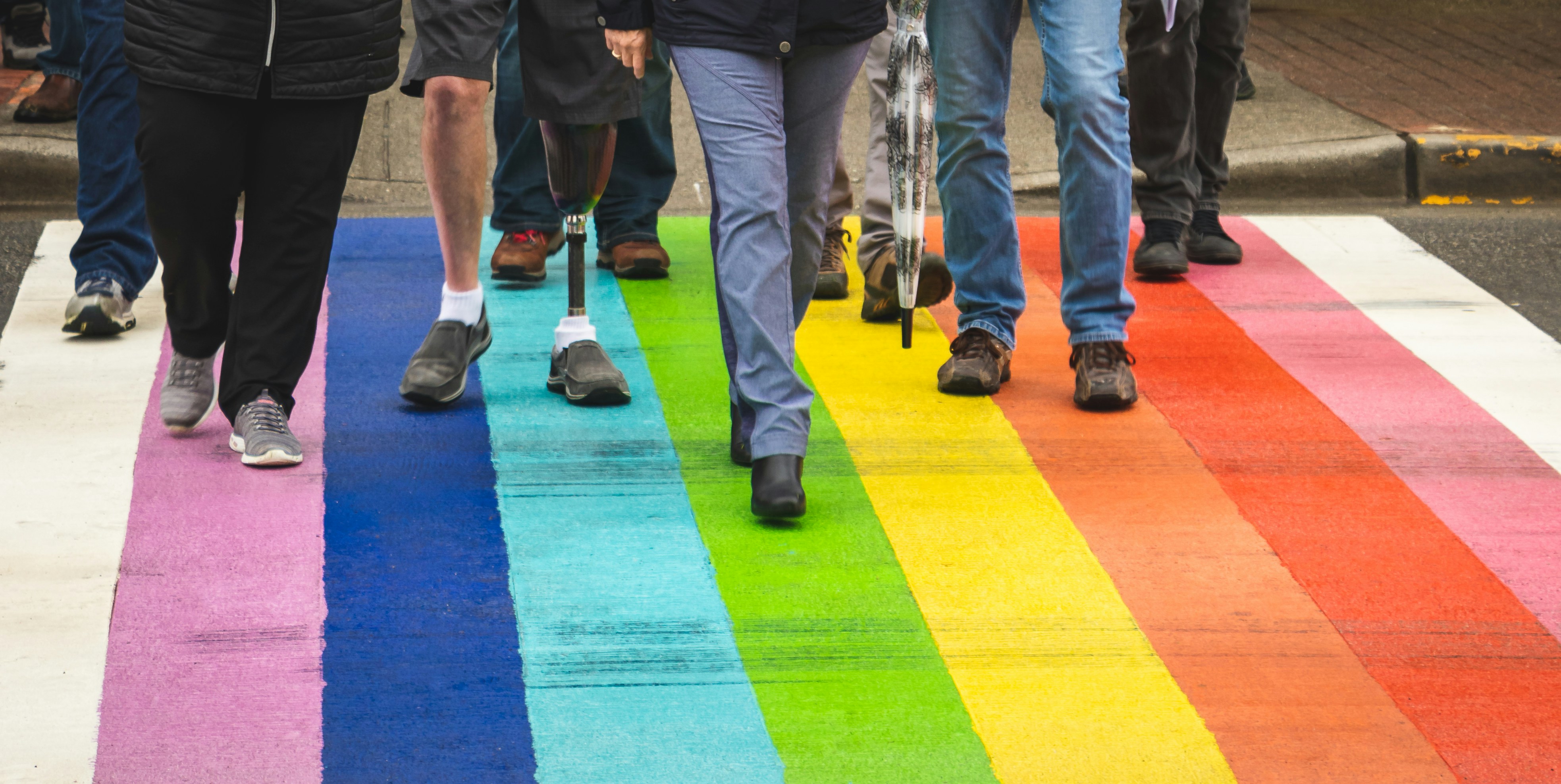Cultural Dynamics in Urban Spaces: Balancing Heritage and Change
Urban areas are living matrices where heritage and contemporary change meet through shifting demographics, migration flows, and evolving social norms. Understanding how population movement, economic pressures, and policy decisions interact helps communities preserve historical identity while adapting to new needs. This article examines how inclusion, housing, employment, and governance influence cultural continuity and transformation in cities around the world.

How do demographics and migration shape cities?
Demographics and migration are central to how urban cultures evolve. Population growth, age structure, and the origins of newcomers influence neighborhood character, languages heard on the street, and the types of services demanded. Migrants often bring cultural practices, cuisines, and social networks that enrich urban life, while demographic shifts can also strain infrastructure and social cohesion if planning lags. Planners and community groups that acknowledge changing demographics and design inclusive public spaces help maintain cultural vibrancy and reduce friction between long-term residents and newcomers.
How does urbanization affect inequality and housing?
Rapid urbanization concentrates people and economic activity, but it can increase inequality when housing supply, public transport, and services lag demand. Rising housing costs push lower-income households to peripheral areas, fragmenting communities and weakening connections to heritage sites and local institutions. Inequality is also spatially expressed in access to quality education, healthcare, and employment. Strategies that link housing policy with social programs and that protect culturally significant neighborhoods while permitting sensitive infill help address inequality and protect community identity in the face of urban growth.
How can community and diversity be balanced?
Diversity is a defining feature of contemporary cities, yet maintaining community cohesion requires intentional inclusion efforts. Local organizations, cultural institutions, and neighborhood councils can facilitate intercultural exchange through festivals, shared spaces, and participatory planning. Balancing diversity means creating forums where different groups contribute to decisions about public spaces, heritage preservation, and service delivery. Policies that promote language access, equitable representation, and support for cultural institutions enable diverse populations to participate fully in civic life while preserving distinct cultural expressions.
What are implications for aging, youth, and family wellbeing?
Age dynamics—an aging population alongside young migrants or youth bulges—shape service needs and cultural continuity. Older residents often act as custodians of local traditions and built heritage, while youth contribute innovation and new social practices. Families require stable housing, childcare, schooling, and safe public spaces. Urban strategies that integrate intergenerational programs, maintain affordable family housing, and support youth employment help sustain wellbeing and ensure that cultural knowledge is transmitted rather than lost amid rapid change.
How do employment and education influence wellbeing?
Employment opportunities and access to quality education are fundamental to personal wellbeing and to the resilience of cultural life. Stable jobs allow residents to remain in their neighborhoods, support local businesses, and invest in cultural activities. Education that is responsive to local histories and languages can strengthen a sense of belonging while equipping people to participate in new economic sectors. Policies that link workforce development to inclusive hiring, apprenticeships, and community-centered education help reduce inequality and enable communities to adapt economically without sacrificing cultural assets.
What role do governance and planning play in heritage?
Governance and urban planning determine how heritage is recognized, conserved, and integrated into change. Transparent decision-making and participatory governance enable diverse stakeholders to negotiate what to preserve and what to adapt. Zoning, conservation districts, and incentive programs can protect historic fabric, while flexible regulations support adaptive reuse that meets contemporary needs. Effective governance recognizes intangible heritage—stories, rituals, and community practices—alongside buildings, creating policies that sustain both material and cultural continuity.
Conclusion
Balancing heritage and change in urban spaces requires coordinated attention to demographics, migration, housing, employment, education, and governance. When planning is inclusive and responsive, cities can protect cultural continuity while embracing diversity and innovation. Thoughtful policies and community engagement help ensure that heritage remains a living part of urban life rather than a static relic, allowing cities to evolve in ways that support wellbeing for current and future residents.





